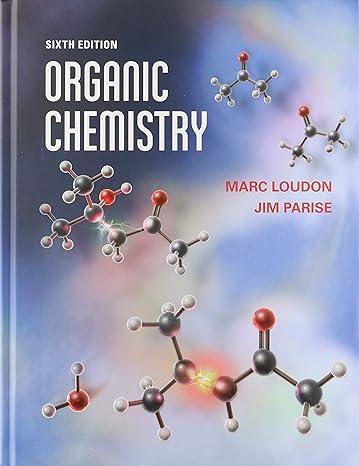In 2007, scientists in New Zealand isolated a peptide P from enzymatic digests of the pili of
Question:
In 2007, scientists in New Zealand isolated a peptide P from enzymatic digests of the pili of gram-positive bacteria.
(A pilus is a fibrous appendage that a bacterium uses, among other things, to bind to cells, beginning the process of infection.) This peptide was sequenced by MS–MS, and the following two partial sequences were reconstructed from the mass spectrum:![]()
The mass M of P, deduced from the m/z of its M + 1 ion, equaled the mass of (A + B) - 17 mass units. Two other fragment ions, C and D, were also observed. The mass of C equaled the mass of (T-K-N-L + N-S-L) - 17 mass units, and the mass of D equaled the mass of (V-T-K-N-L + N-S-L) - 17 mass units.
(a) The scientists used these data to propose a primary structure for P that contains an unusual peptide bond. What is this structure? Show how it is consistent with the 17 mass-unit differences.
(b) The scientists also suggested that the unusual peptide bond forms spontaneously by a reaction between two peptide chains within the pilus. Show this reaction and its mechanism.
(c) No such reaction is observed when the peptides A and B are mixed at physiological pH, and, evidently, no enzyme is involved. Why might this reaction nevertheless proceed at a rapid rate within the pilus structure?
Step by Step Answer:






